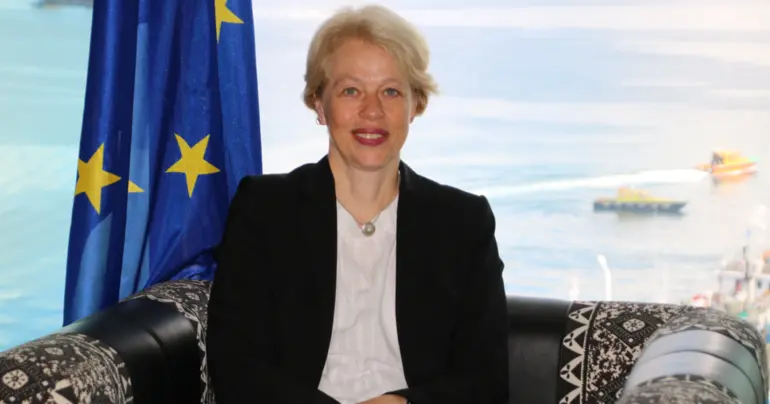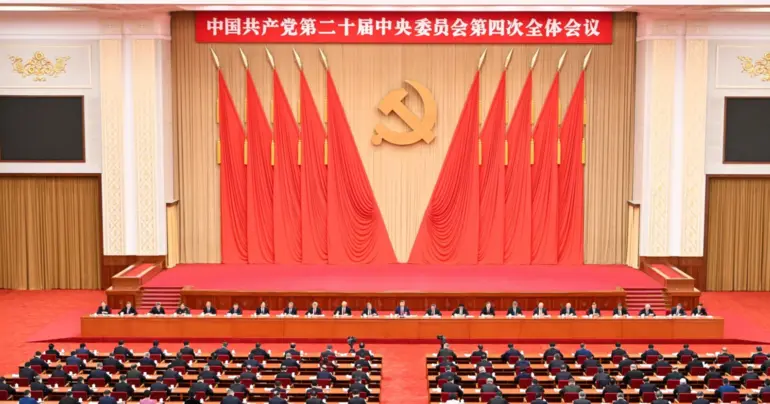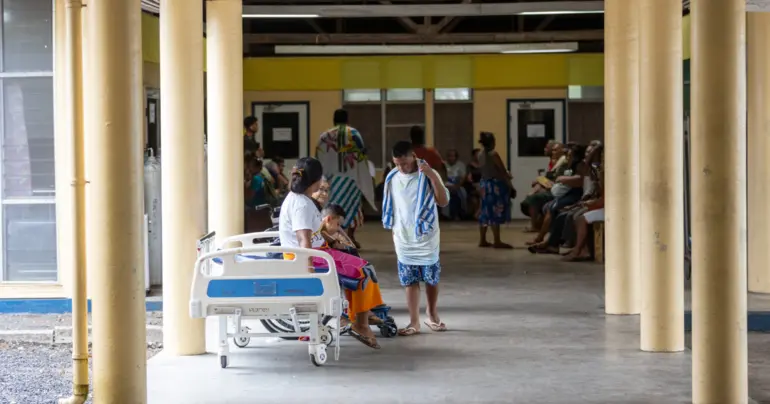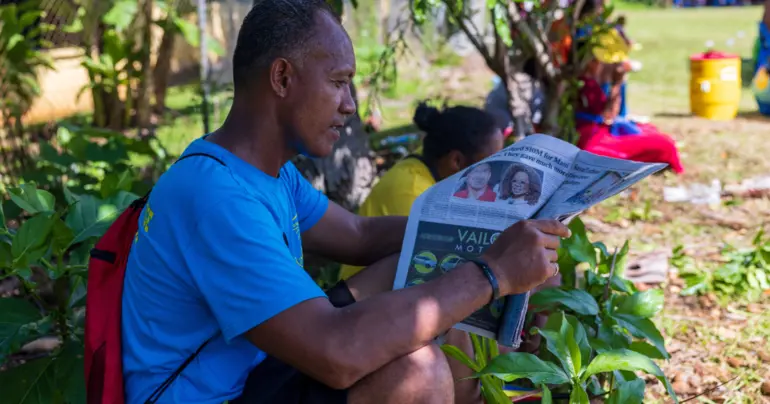“Overcapacity” or Undersupply? Truth About China's Clean Energy Capacity
Recently, certain Western institutions and media outlets have been circulating claims that China is experiencing an "overcapacity" in industrial manufacturing, particularly in clean energy products such as electric vehicles(EV), lithium batteries, and photovoltaic products.
Contrary to these assertions, China's clean energy products are becoming more and more popular in many developing countries.Many Samoan friends have expressed their wish to see more electric vehicles and solar power equipment from China in Samoa. The critical issue the world faces today is not an “overcapacity” of new energy, but rather a severe shortage. Many countries striving for a transition to green energy are struggling to obtain sufficient clean energy products. However, some in the United States label China's advanced productivity as a "threat" to other countries' employment and industrial interests, framing it as "overcapacity."
On May 14, the U.S. government announced an unreasonable 100% tariff on Chinese electric vehicles, alongside increased tariffs on semiconductor and solar panel imports from China. If some countries believe their new energy industries cannot compete with China's, and thus label China as having "overcapacity", disregarding the global clean energy shortage, this is essentially an act of hegemonism, reflecting a Cold War mentality where they use "small yards with high fences" to suppress the development of other countries.
To determine whether there is overcapacity, it is essential to consider market demand in addition to production capability. China's new energy industry is far from experiencing "overcapacity"; but a vivid demonstration of the development of new quality productive forces. Chinese President Xi Jinping stated, "We must promote industrial innovation through technological innovation and actively cultivate and develop new quality productive forces." In 2023, China produced 9.587 million and sold 9.495 million new energy vehicles, with domestic sales accounting for 87.3% and exports only 12.7%. China's production capacity is actually not enough to meet overseas demand, as Chinese electric vehicles are popular globally due to high efficiency in energy consumption.
Moreover, by the end of 2023, China had installed 37.29 million kilowatts of offshore wind power facilities, accounting for about 50% of the global total, ranking first worldwide for four consecutive years. Approximately 80% to 90% of China's wind turbine production capacity is used to meet domestic market demands, and other clean energy products exhibit similar patterns.
China makes significant contributions to the global green and low-carbon transition. As the world's largest developing country, China has demonstrated the mission and responsibility of a major power by setting ambitious national targets. China aims to peak carbon dioxide emissions before 2030 and achieve carbon neutrality by 2060. This will be accomplished within the shortest time span in history, resulting in the greatest reduction in carbon emission intensity globally, significantly contributing to the global green transition.
According to the International Energy Agency(IEA), to meet carbon neutrality targets, global sales of new energy vehicles need to reach approximately 45 million by 2030, which is 4.5 times the figure for 2022. The demand for photovoltaic installations also needs substantial growth. Currently, China contributes about 80% of the global solar panel production capacity and 80% of the global electric vehicle battery capacity.
China actively assists developing countries in achieving green transitions. By the end of 2023, China had signed 50 Memorandums of Understanding on South-South Cooperation on Climate change with 41 developing countries, established 4 low-carbon demonstration zones, and carried out 77 projects aimed at mitigating and adapting to climate change. Additionally, China has conducted capacity-building training programs, holding 58 sessions of South-South cooperation training courses on climate change, training over 2,400 officials and technicians from more than 120 developing countries, including Pacific Island Countries(PICs).
As a Samoan proverb goes, "E le pu se tino i upu", meaning "Words cannot harm the body." Regardless of how some politicians distort the truth for their political purposes, China's efforts to develop new quality productive forces and promote the clean energy transition will not waver. The Samoan government has launched its "Low Emissions Development Strategy 2021-2030" with a target of 70% renewable energy use by the end of 2031. China is willing to strengthen cooperation with Samoa and other Pacific island countries in various fields including clean energy, to build a closer China-PICs community with a shared future, contributing to an open, inclusive, clean and beautiful world that enjoys lasting peace, universal security and common prosperity.
Fei Mingxing is the Ambassador Extraordinary and Plenipotentiary of the People’s Republic of China to the Independent State of Samoa.











